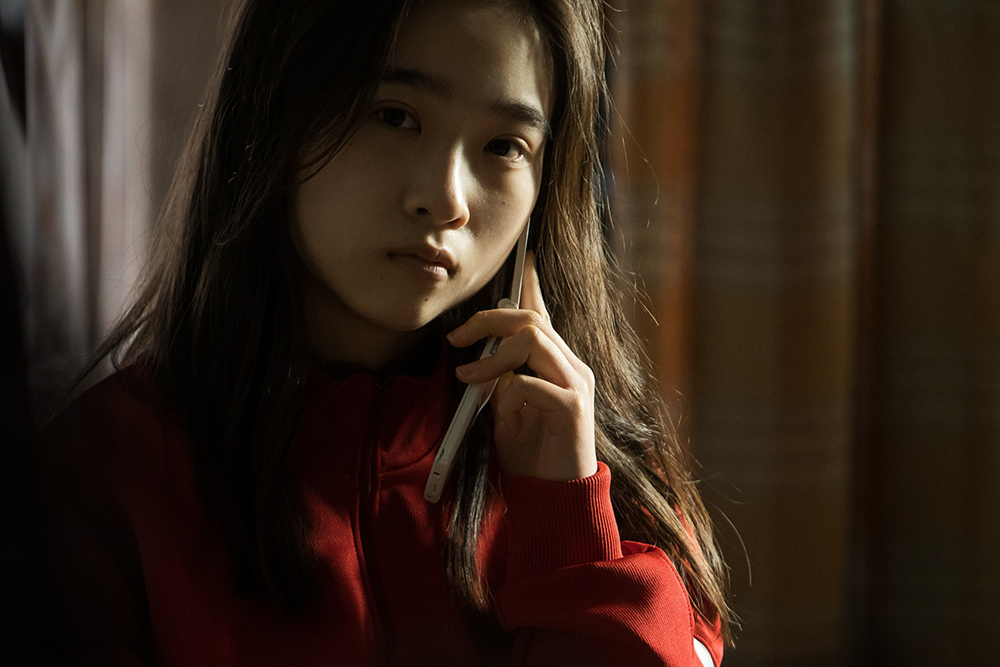![“Search” Director of Photography Naoya Ikeda Only people who face the work. What is the strength of a small staff? [Director's Interview Vol.182]](https://cinemore.jp/images/710ebb55b7c25215fce4556ef4a2f0b714a5f41f7705e1ab7aa321895f7a87eb.jpg)
“Search” Director of Photography Naoya Ikeda Only people who face the work. What is the strength of a small staff? [Director's Interview Vol.182]
The digital single-lens camera and 300 yen lens used to photograph “Sagashi”
Q: What kind of camera and lens did you use?
Ikeda: ``Sagashisu'' was shot with a LUMIX S1H digital single-lens camera. When I moved to Tokyo, I bought a lens set that cost several thousand yen, and I used a steel lens that cost about 300 yen.
Q: I was surprised to hear that ``Sagashisu'' was shot with a digital single-lens camera. It didn't look like that at all. And it's a 300 yen lens...
Ikeda: I'm sure a 50mm lens cost about that much (lol). In other words, it doesn't mean that something cheap is bad. Even if you use expensive equipment, it is meaningless if it is not used in the field. Even if I were to say that I shot ``Seagashi'' using an ALEXA and a Panavision cine lens, people would say, ``I see, it's a good image,'' and they would evaluate the equipment. That's something the technical part should think about.
Well, I thought S1H was the most suitable for this work. When I took pictures of Ao Ito during the costume matching, I thought, ``Ah, this camera is really good.''

“Search” ©2022 “Search” Production Committee
Q: You said at the beginning that you would meet with the cast and decide which images to shoot.
Ikeda: To put it simply, actors have different abilities and different sensibilities. There are various types of people. I don't judge actors at all based on their photos or the works they appear in. When I meet someone and point the camera at them for the first time, I look at the way the person appears in the image and think about the direction of the image I want to take. This changes the quality of the image as well.
The same can be said for directors, and I don't purposely look at the past works of a director I'm working with for the first time. I don't want to narrow down what I can offer by assuming things like ``this director likes this kind of thing'' or ``this kind of picture making''.
Q: So instead of looking at the actor as a part placed in an angle, you look at the person themselves and shoot.
Ikeda: I think actors are able to see the cameraman and staff more than I imagine. Therefore, when I point the camera at the actors, my feelings and situation are definitely conveyed to them. It feels like you're facing an actor.

